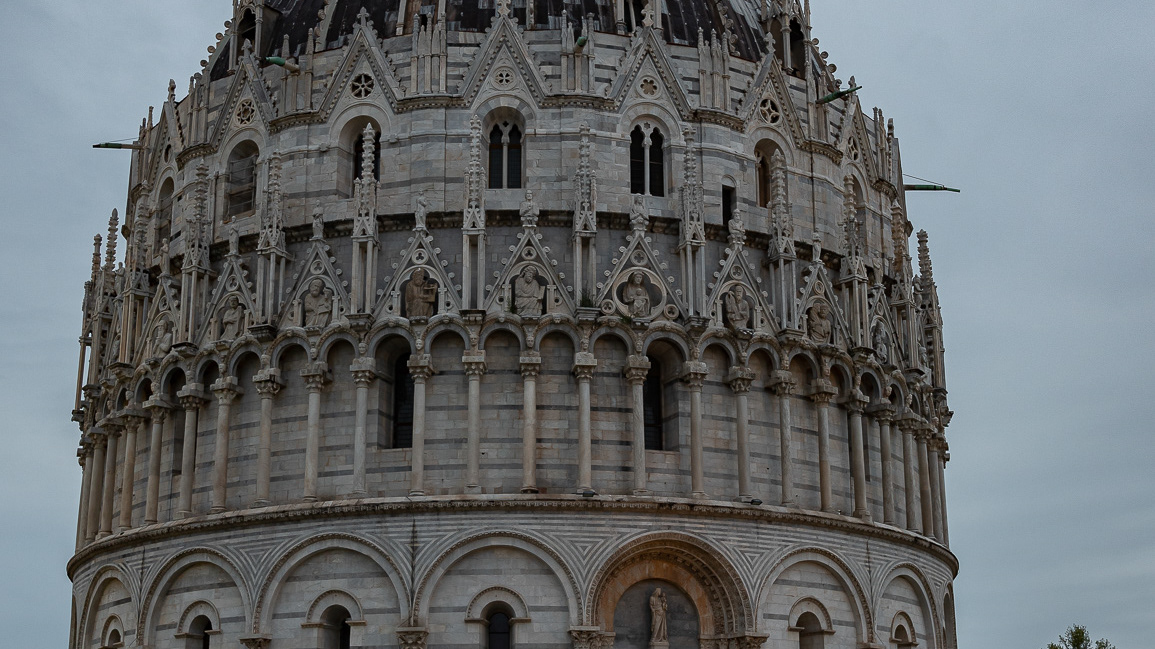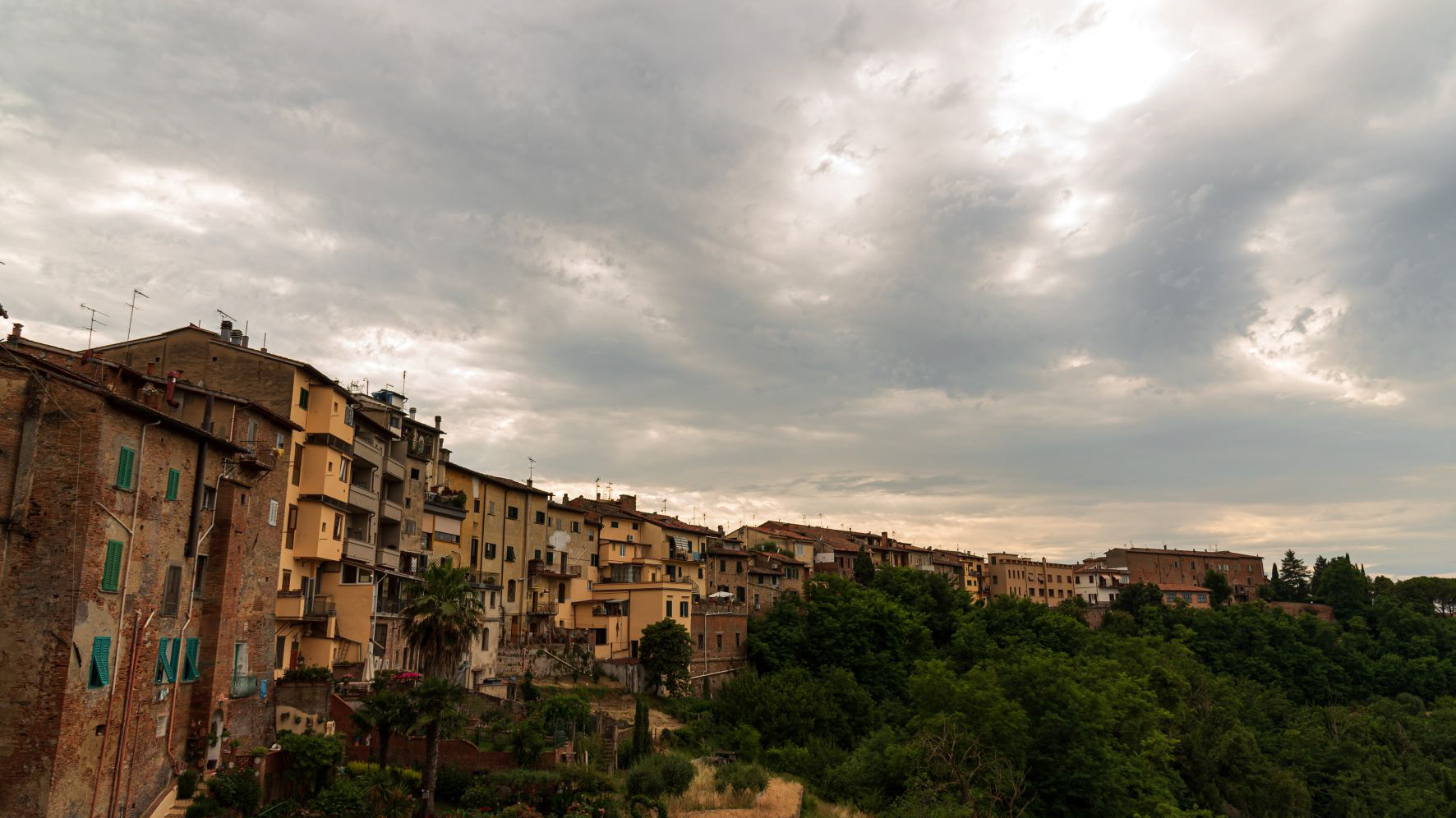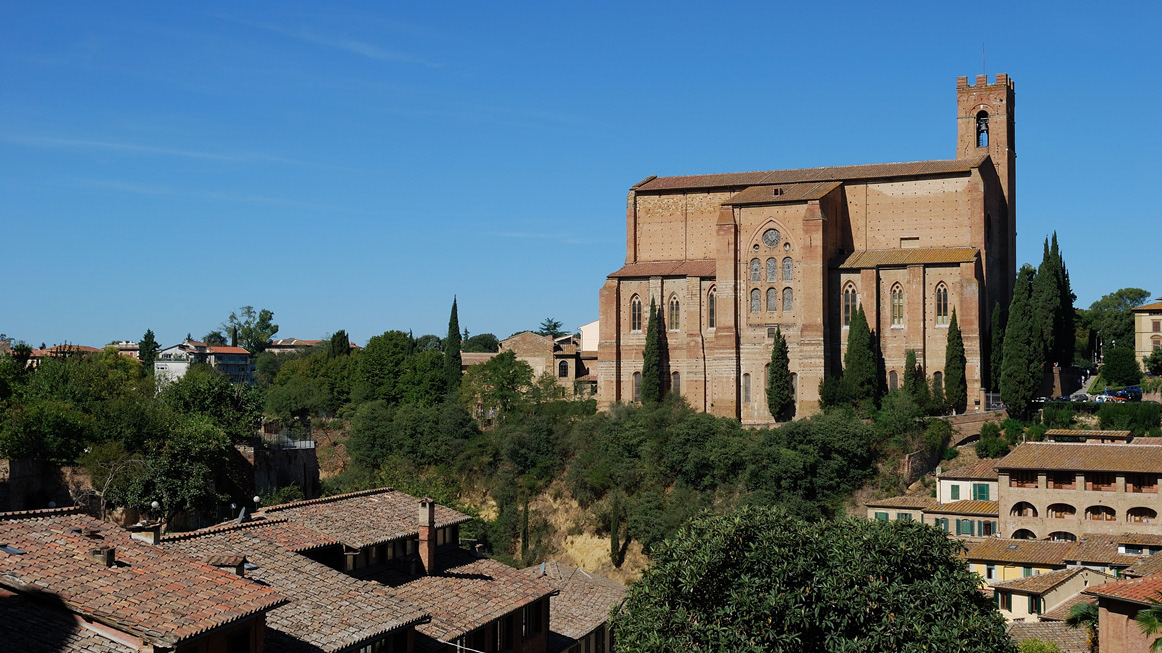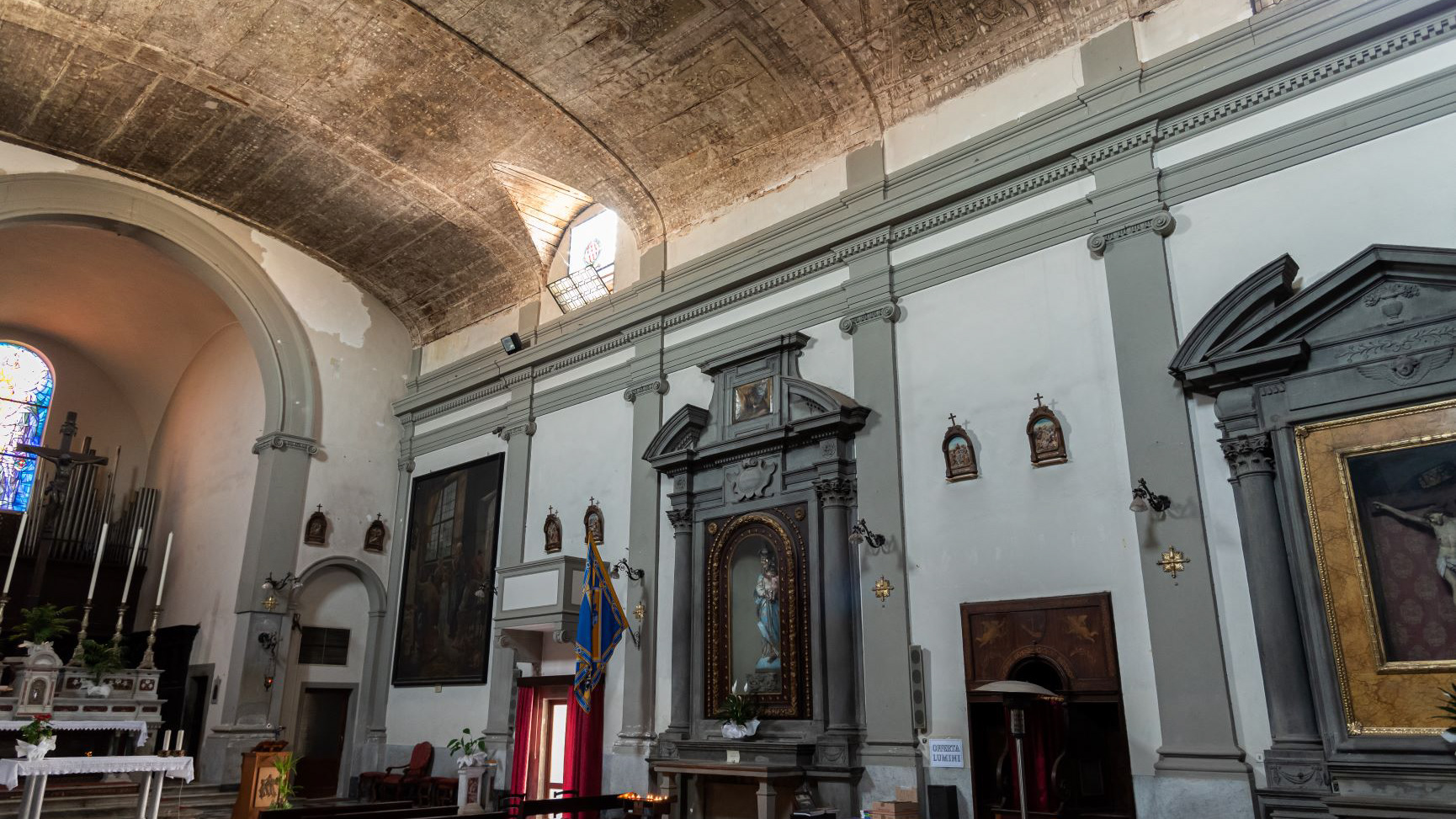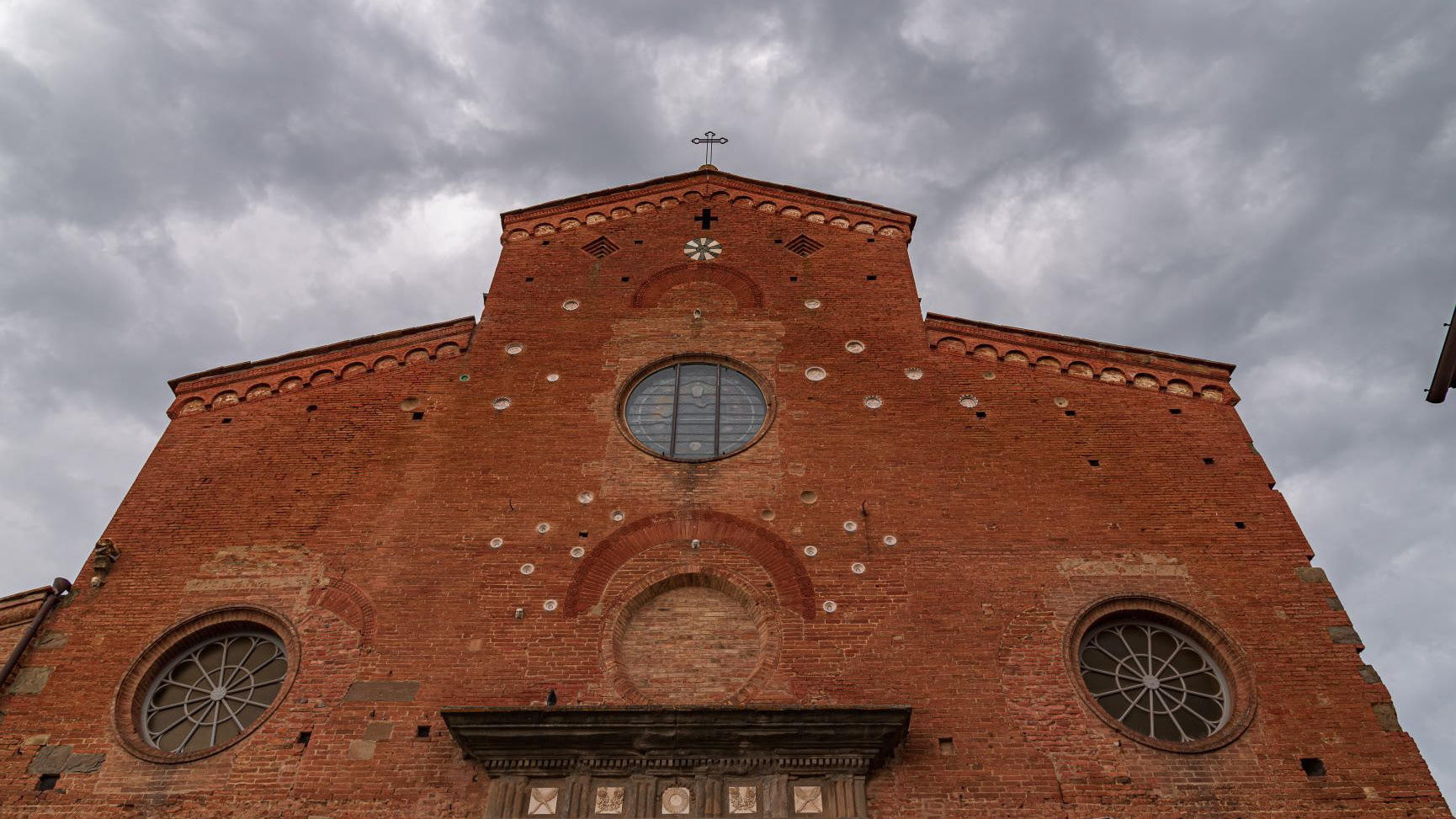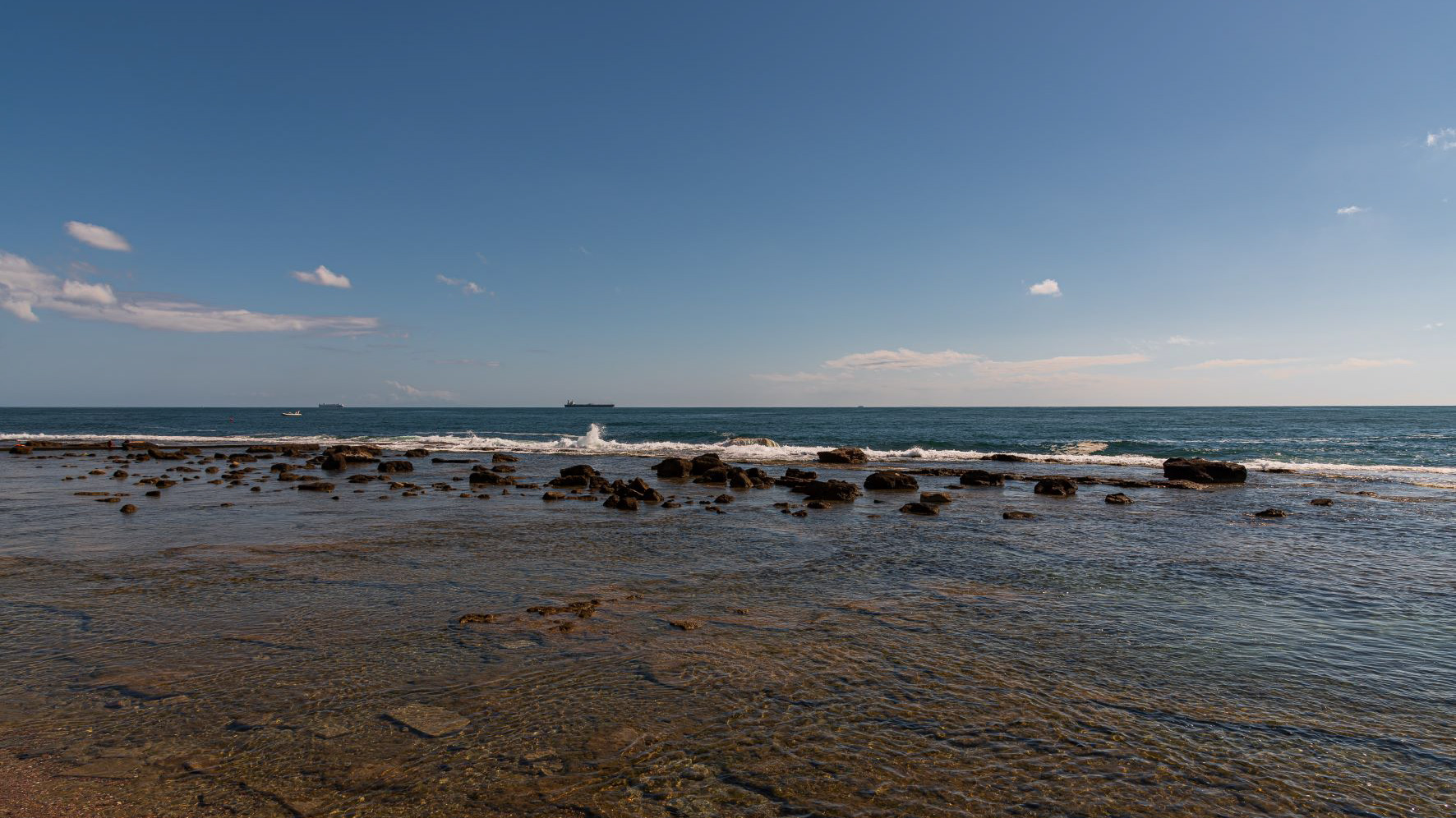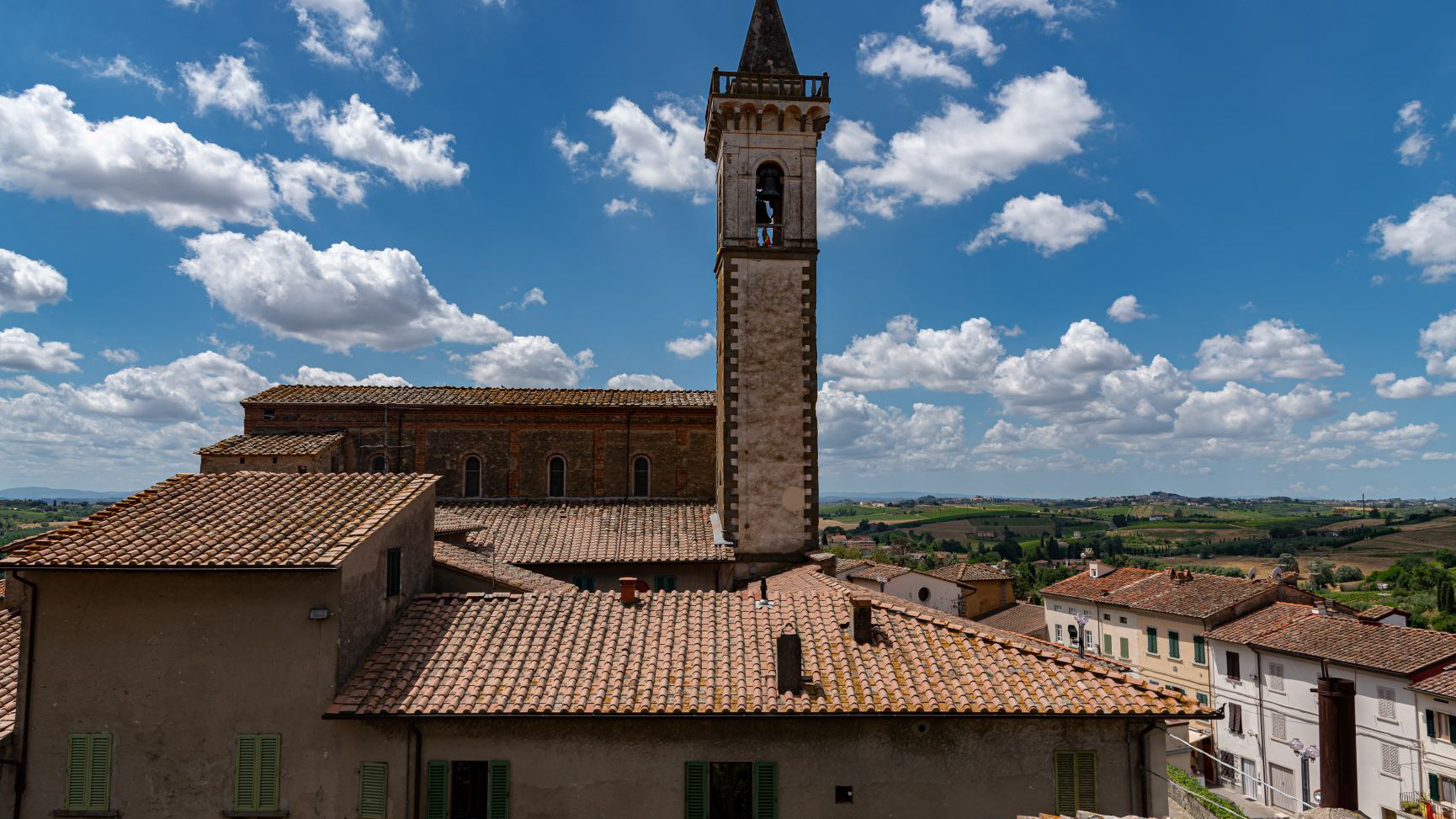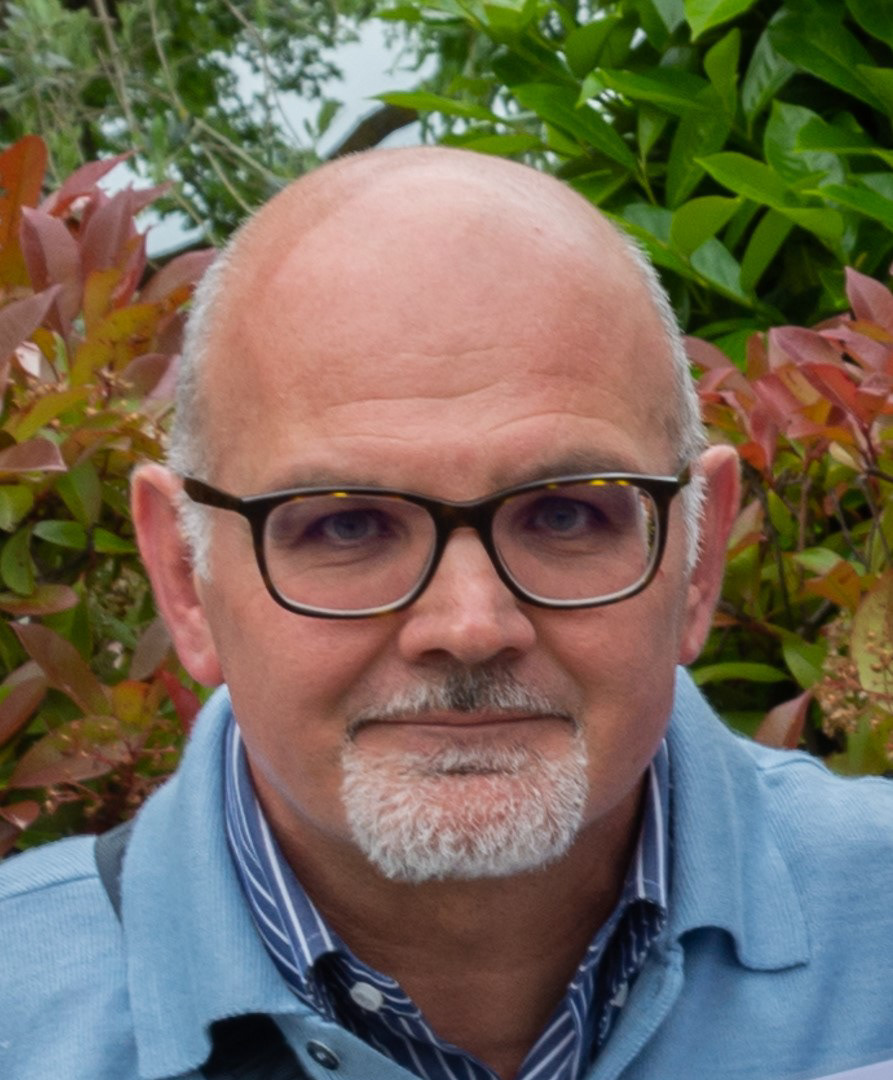Prato
Prato is an Italian town of 194,390 inhabitants, the capital of the province of the same name in Tuscany. It is the second largest city in Tuscany and the third in central Italy by number of inhabitants after Rome and Florence. Until 1992, the year of the constitution of the province of the same name, it was the most populated non-provincial town in Italy, then in the province of Florence. The Prato plain was inhabited since the Etruscan era, but the birth of the city itself dates back, generally, to the 10th century, when we have news of two contiguous but distinct inhabited centers, Borgo al Cornio and Castrum Prati, which merged during the following century. In the Prato economy, textile production has always played a leading role since the Middle Ages, as evidenced by the documents of the merchant Francesco Datini, but it is in the nineteenth century that Prato saw an impetuous industrial development, which still make it one of the most important districts at the European level. The city boasts historical and artistic attractions of great importance, with a cultural itinerary that begins with the Etruscans and then expanded in the Middle Ages and reached its peak with the Renaissance, when artists of the caliber of Donatello, Filippo Lippi and Botticelli.
You may also like
